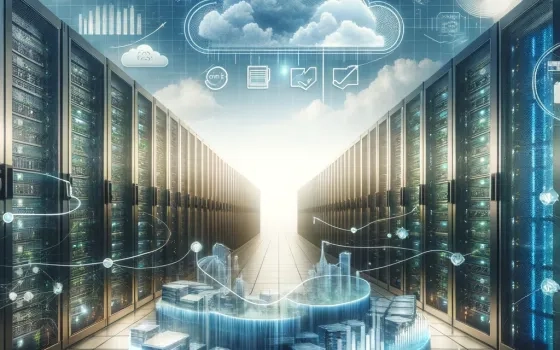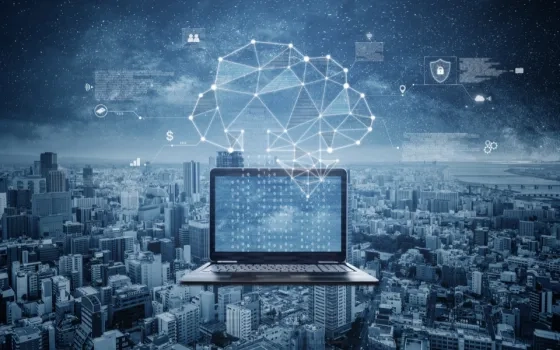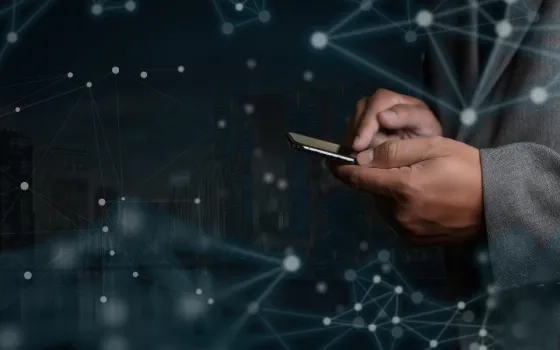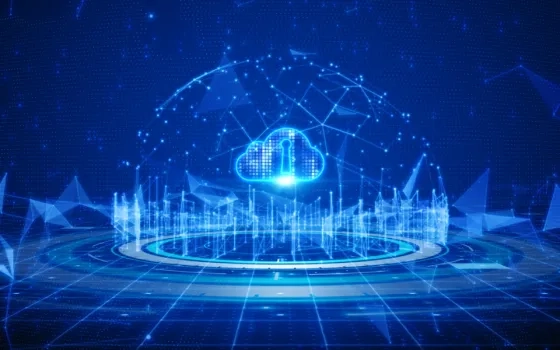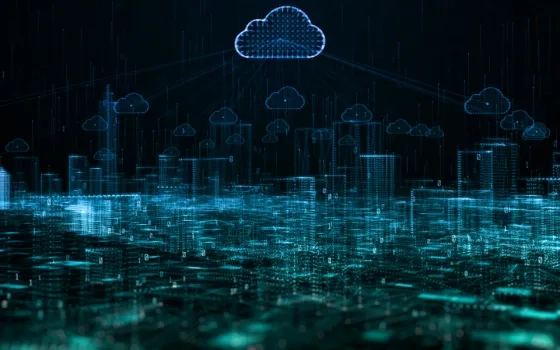In the modern world, where disasters, health scares, and emergencies appear to be commonplace occurrences, the need for expedited, efficient, and superior means of communication cannot be overemphasized. In these hurricane situations, or the current pandemic, or other large-scale evacuations, accurate information and timely management may bear life or death. Cloud computing, in synergy with smartphones, is slowly becoming an effective solution to this need, trying to fasten the reaction, improve decision-making, and better use the resources, especially during a crisis.
This blog operationalizes the concept of cloud computing in emergency management and discusses the improvement of sophisticated features on smartphones.
Using cloud computing is used for conflict resolution and its shinning quality.
Cloud computing is the provision of services that include storage, databases, networks, analytics, etc., through the internet, which is popularly known as the cloud. It enables people and corporations to get and download data non-local, meaning that in the event of a need for information, it can be obtained at any selected place and given time as long as there is the Internet. Thus, it is in emergencies that this kind of flexibility becomes valuable.
Cloud services can follow a gradual increase in the amount of demand that may come with situations like disasters when many thousands or millions of people may need services like medical or food aid. Another important fact is that cloud can scale from the ground up; that is, the given systems are virtually unable to be overwhelmed by an increase in traffic, unlike traditional infrastructure.
Smartphones as a Lifeline During Crises
Smartphones are the most widely used personal devices, and during an emergency, they become an essential tool for communication, navigation, and information gathering. Their ubiquity makes them a perfect vessel for cloud-enabled solutions. Here are some ways in which smartphones powered by cloud computing, are helping to manage emergencies more effectively.
1. Accessing And Sharing of Real-time Information and Communication
During any crisis, it is possible to share information in real-time, and this makes it very important. Through the use of cloud-enabled applications for smartphones, the public can be informed in real time regarding the situation including the location of shelters, routes that are safe for evacuation as well as areas likely to be inundated. For instance, applications such as Google Crisis Map and FEMA are based on the concept of cloud computing so that the user on a smartphone can have real-time information during natural disasters.
Cloud computing also presents the possibility of mashing up various sources of information, government databases, satellite images, social networks etc. This real time collection of data can be used to aid the quick and correct decision-making by the rescuers as well as the survivors. For example, in the given application of an app, one can have live feeds of affected areas then avoid such areas which are flooded.
2. The use of cloud in coordination among the first responder agencies
During emergencies, the key problem addresses the organization's cooperation, involving the police, firefighters, medical staff and authorities. Cloud computing builds on this by exposing the collaboration in real-time and sharing of data across organizations. Services like Microsoft Azure and Amazon Web Services help agencies have cloud solutions that disseminate key data rapidly and safely, making sure that emergency respondents work based on the same data and are not redundant.
In the case of first responder apps on the smartphone which should be linked to the cloud database to store and analyze data and resources such as ambulances, medicals, supplies and personnel. Through such a synchronized approach, officials state that response times are minimized and this generally increases the overall effectiveness of the rescue operations.
3. Early Warning Systems and Predictive Analytics
Cloud computing systems together with artificial intelligence processing make it possible for predictive analysis to occur in the event of an emergency. In other words, by integrating the data from weather forecasts, social media, sensors, and other sources, cloud-based systems are capable of forecasting disasters before they occur. For instance, the Red Cross together with CSPs leverages information from weather satellites and sensors to forecast storms and floods and gets early alerts to the individuals via their applications.
Such warnings also prove of significant importance for which smartphones turn into integral tools. In case a potential hazard is identified the necessary notifications can be sent directly to the users’ devices thus adding time for mitigation or evacuation. This is very beneficial, particularly in dynamic disaster processes such as of tsunamis, wildfires or even a disease break out. For the COVID-19 outbreak, Google and Apple launched cloud solutions called Google Cloud and Apple’s Exposure Notification System, enabling people with exposure to the virus to be notified, thereby, controlling the virus’s spread.
4. Cloud Storage and Data Backup
In emergencies, loss of data is compounded and can be a major disaster. Documents including medical records, identification cards, or even personal phone directories can be wiped out if they are saved in a local format on a device that gets damaged, or lost. Cloud storage solutions afford a key protection against this.
This means one can be sure their important information is safe and retrievable anywhere through data backup to the cloud. Through services like Google Drive, iCloud, and Dropbox, data from smartphones can be synchronized to occur automatically from where any other device with the data is accessible. Thus even in instances where a Smartphone is lost or damaged, or the data in it destroyed the information is retrievable from other devices.
Moreover, for organizations involved in crisis management, cloud storage allows for the secure retention of sensitive information, such as patient data during a health crisis or operational plans during a natural disaster. Cloud providers often offer multiple layers of security, ensuring that data is protected even in the event of system failure or cyberattacks.
5. Cloud-Based Emergency Response Apps
There are numerous emergency response apps available on smartphones that leverage cloud computing to improve crisis management. For example, the app Zello converts smartphones into walkie-talkies using cloud-based voice-over-IP technology, which can be a lifesaver in areas where cellular networks are down. PulsePoint, another app, uses cloud computing to alert nearby CPR-trained individuals when someone nearby is in cardiac arrest, potentially saving lives even before professional help arrives.
Similarly, the Life360 app, which is cloud-based, helps families stay connected during emergencies by providing real-time location tracking and alerts when family members enter or leave specific areas.
Conclusion: The Future of Crisis Management is Cloud-Driven
As emergencies become increasingly intricate and widespread, the significance of cloud computing in crisis management will continue to increase. With smartphones in almost every pocket, the potential for cloud-based applications to enhance emergency response efforts is limitless. Whether it’s providing early warnings, coordinating first responders, or safeguarding critical data, cloud computing is transforming how we manage crises and helping to save lives.
The key advantage lies in scalability, speed, and accessibility—allowing an enormous number of people to access vital information at once and helping organizations to respond swiftly and effectively. In the years to come, as both cloud technology and smartphone capabilities advance, and as more professionals acquire cloud computing certifications, we can expect even more innovative solutions to emerge, driving the future of disaster response.



